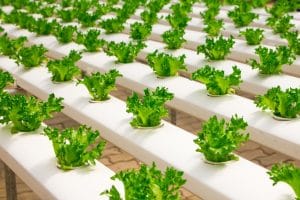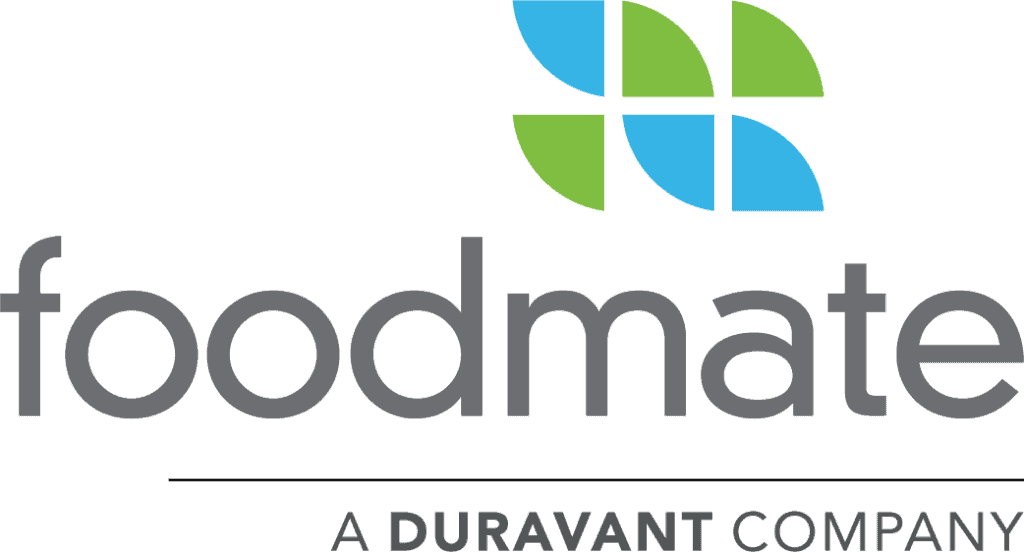The Duravant family of operating companies serve the food processing, packaging and material handling segments.
Common Questions About Produce Packaging
07/17/2020
With more than 50 years of experience in the packaging industry, the nVenia team has experience working in every aspect of the packaging industry – particularly food.
From candy and snack packaging, to gummies, seafood, and frozen foods, we have worked with it all. However, of all food packaging segments, produce packaging can sometimes be the most challenging.
As companies have seen with multiple lettuce-related E. coli outbreaks, food safety is paramount. In addition, the perishable nature of the products requires specific moisture control, breathability, security, and puncture resistance features.
Food waste remains a significant issue across the supply chain. According to the United Nations Food and Agriculture Organization (FAO), more than 1.3 billion tons of food is discarded annually. That means about one-third of all food is thrown out before it can even have a chance to be eaten, primarily due to spoilage and over-serving.
While the full list of factors would take much longer than a single blog post to cover, here are some of the factors which come into play when packaging produce.
Wide range of packaging formats
Produce packaging is perhaps the sector of the food market with the widest variety of containers and packaging choices. From clamshells to bags to bulk containers, the choices vary widely. 
Even the same product can be packaged in widely different formats depending on its final market – whole apples are commonly packaged in five-pound bags while sliced apples are commonly packaged in bags as small as two ounces for individual consumption.
Similarly, lettuce packaging is frequently done in both vertical form fill seal bags as well as plastic clamshells. Though the latter is seen as more expensive, the rigid construction of a clamshell container helps ensure that the product is not crushed – offering more protection than a bag.
Gentle Handling and Temperature Control
While not limited to produce, gentle handling and temperature control are critical parts of the packaging process.
Many products are sensitive to bruising, which will require a great deal of testing and design ingenuity to maximize output while minimizing product damage.
The temperatures involved in bagging machines can also come into play. The high temperatures used to seal roll stock film on vertical form fill seal machines could result in product wilting if they are configured incorrectly. To deliver the best system for bagging this type of product, it takes strong collaboration between the packaging machinery manufacturer, the film supplier, and the end user. nVenia's team of Applications Engineers always take these factors into consideration when developing a system.
Dive Deep into Product Characteristics
Finally, it is important for those involved to focus specifically on the characteristics of each individual product, and not assume that each lettuce or sliced apple application is the same.
As an example, nVenia has found that hydroponic lettuce has different packaging needs than field-grown products. When running through a multi-head weigher, the springy leaves do not always work in the same size buckets, and can sometimes bridge or fold over. That is why for our lettuce clamshell filling applications, we recommend a scale with oversized 7.5L buckets to ensure the product is filled correctly.
In short – no produce packaging application has a cookie cutter solution, and it should not be treated as such. Work with the nVenia team to ensure your system is optimized for your product.









